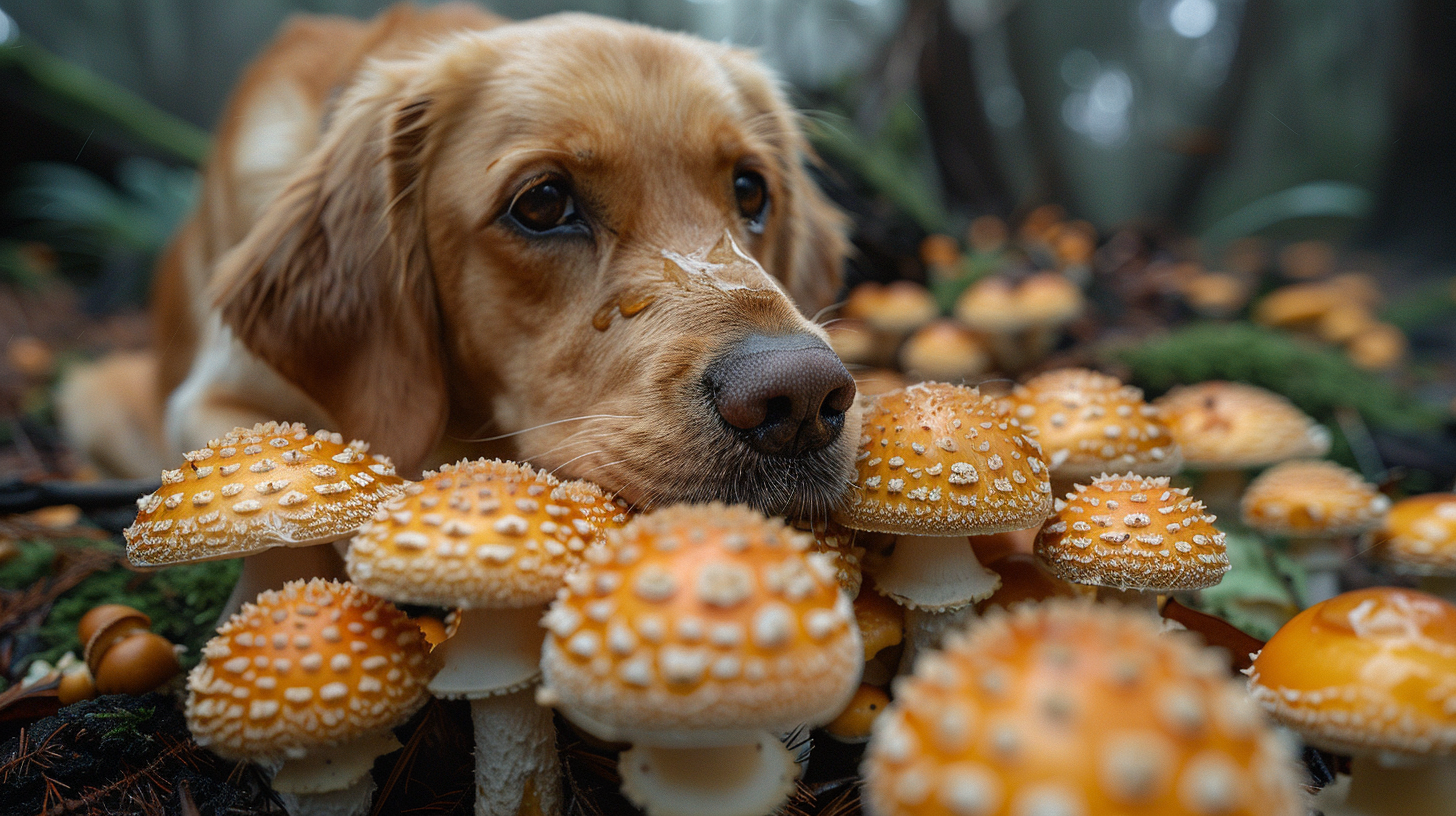As spring brings warmth and moisture, mushrooms begin to appear in gardens and along trails. These seemingly harmless fungi can pose a significant risk to dogs, as many varieties are toxic. Some dogs are curious and may eat these mushrooms, not realizing the danger. Toxicity symptoms can appear between 30 minutes and four hours after ingestion, ranging from weakness, nausea, vomiting, diarrhea, and seizures to severe internal damage like liver failure or even death.
Given the risk, every wild mushroom should be treated as potentially toxic. If you suspect your dog has ingested a mushroom, immediate action is critical. Bring the dog to a veterinarian without delay, and if possible, bring a sample of the mushroom for identification. This sample should be wrapped in a damp paper towel and placed in a sealed plastic bag to keep it fresh for analysis.
Veterinarians can administer treatments to mitigate the effects of mushroom toxicity, but early intervention is crucial for the best outcome. Left untreated, the condition can quickly escalate to life-threatening levels. The exact treatment plan depends on the type of mushroom and the severity of the dog’s symptoms.
Preventative measures can reduce the risk of mushroom toxicity. Regularly inspect your yard and other areas where your dog roams for mushrooms, removing them promptly. Keep your dog on a leash during walks, especially in areas where wild mushrooms are known to grow. Educate yourself on common toxic mushrooms in your region to recognize and avoid them. This proactive approach can significantly lower the risk of your dog ingesting dangerous fungi.










